




Literacy Numeracy
General Awareness
Rhymes and Stories
Name:
Class:
School:

Academic Authors: Melanie Grobler, Sonia Duggal, Roma Jain, Sangeeta Gupta, Anuj Gupta, Monika Jain
Creative Director: Bhavna Tripathi
Book Production: Sanjay Kumar Goel, Tauheed Danish, Amisha Gupta, Naveen Gauniyal
Project Lead: Pooja Gupta
VP, Learning: Abhishek Bhatnagar
All products and brand names used in this book are trademarks, registered trademarks or trade names of their respective owners.
© Uolo EdTech Private Limited
First impression 2025
This book is sold subject to the condition that it shall not by way of trade or otherwise, be lent, resold, hired out, or otherwise circulated without the publisher’s prior written consent in any form of binding or cover other than that in which it is published and without a similar condition including this condition being imposed on the subsequent purchaser and without limiting the rights under copyright reserved above, no part of this publication may be reproduced, stored in or introduced into a retrieval system, or transmitted in any form or by any means, electronic, mechanical, photocopying, recording or otherwise, without the prior written permission of both the copyright owner and the above-mentioned publisher of this book.
Book Title: Sunrise Semester 2A Level B
ISBN: 978-81-982267-1-6
Published by Uolo EdTech Private Limited
Corporate Office Address:
85, Sector 44, Gurugram, Haryana 122003
CIN: U74999DL2017PTC322986
Illustrations and images: www.shutterstock.com, www.stock.adobe.com and www.freepik.com
All suggested use of the internet should be under adult supervision.




































VVThis is small v.
This is capital V. Trace the letters V and v�



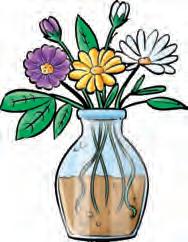



Take the vegetables to the vegetable baske Say /v/-/v/-/v/-vegetables�



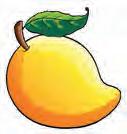


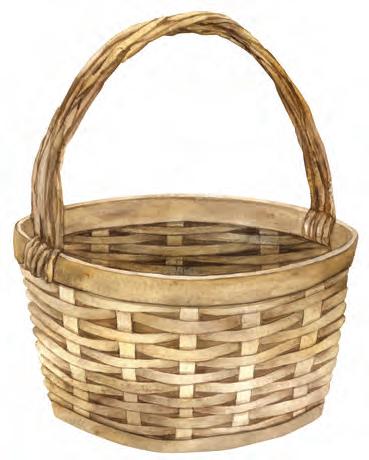
Read after your teacher� Circle the first letter V and v�
Veera with a violin.

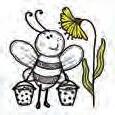
Objectives
Very tasty vegetables.
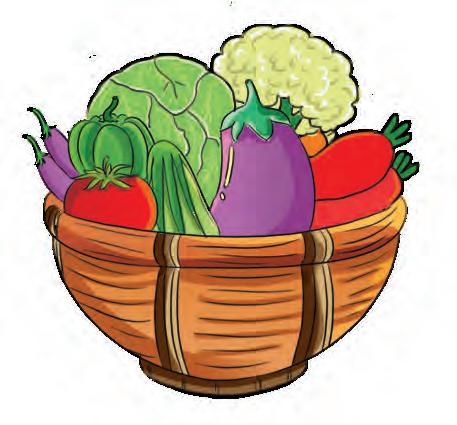
• Letter recognition • Association of the picture with the letter sound • Fine motor skills

This is capital W.


This is small w.

watermelon wall window
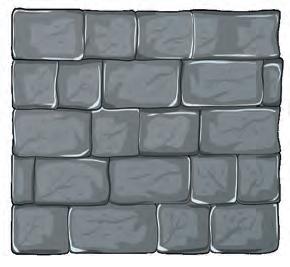
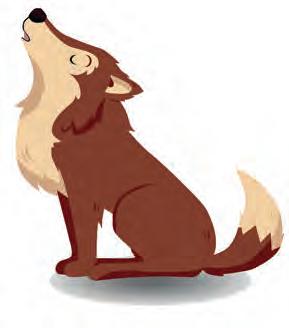
Trace the letters W and w�





Count the windows in the house� How many did you find? Say /w/-/w/-window�

Read after your teacher� Circle the first letter W and w� A wise whale.


Objectives

• Letter recognition • Association of the picture with the letter sound • Fine motor skills




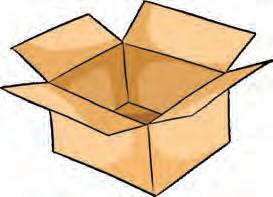
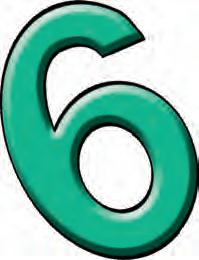


Circle the pictures that have the sound of /ks/ Say /ks/-/ks/-box�





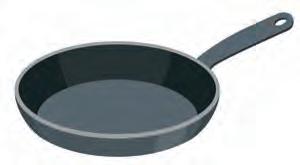

Read after your teacher� Circle the letter X and x�
Six empt boxes. Fenn fox in a box.


Objectives






• Letter recognition • Association of the picture with the letter sound • Fine motor skills

1� Say the name of each picture� Then, paste the corr
letter stickers� (Use the stickers sheet�)





2� Match the capital letters with the small letters�
U V W X u v w x

Objectives
• Matching • Fine motor skills • Association




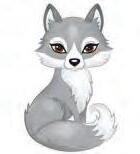


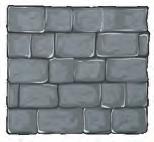


4� Make pictures using your fingerprints�



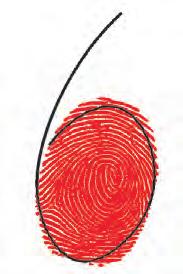


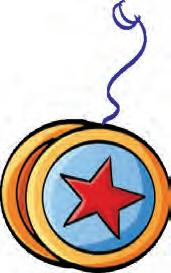



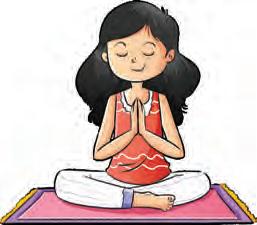



Colour the boxes with pictures that begin with the sound of the letter Y � Say / /-/ /- oga�

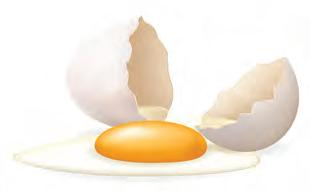
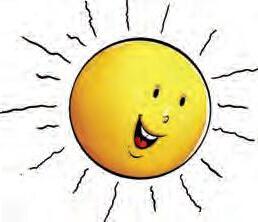








Read after your teacher� Circle the first letter Y and �
Yani is on her oga mat.


Objectives

• Letter recognition • Association of the picture with the letter sound • Fine motor skills

This is small z.


This is capital Z. Trace the letters Z and z�
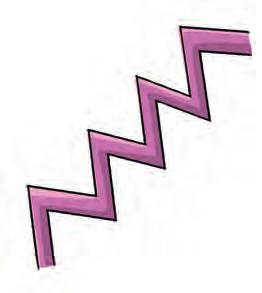


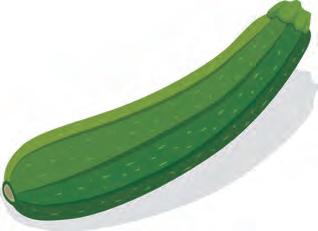



Circle the pictures that begin with the sound of the letter Zz� Say /z/-/z/-zip�





Read after your teacher� Circle the first letter Z and z�
Zebra in a zoo. Zion walks zigzag.


Objectives

• Letter recognition • Association of the picture with the letter sound • Fine motor skills

1� Say the name of each picture� Then, paste the letter stickers� (Use the stickers sheet�)



2� Match the capital letters with the small letters�
W B Y Z w z b

Objectives
• Matching • Fine motor skills • Association


e word� Write the first letter of each picture�


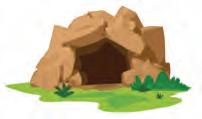
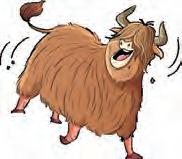



4� Make pictures using your fingerprints�
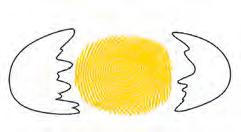


Match the pictures with their beginning letters�

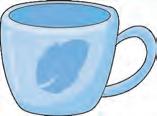
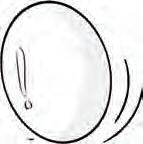



Objectives

g i k a n p c l
• Matching • Fine motor skills • Association
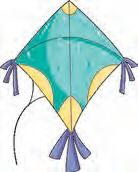



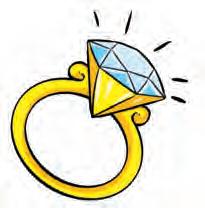

Objectives
• Matching • Fine motor skills • Association



Join the letters from a to z and complete the pictur



Objectives
• Letter recognition • Fine motor skills

J K M

P T Z V W a g p r t k l w z

The alphabet is a set of 26 letters�
a, e, i, o and u are vowels. These are special letters. All other 21 letters are called consonants.
Read the vowels and say their sounds� a i o u
Circle all the vowels with a crayon�

z a b c d f g h i j k l m n o p q r s t u v w x

Objectives
• Identify vowels and consonants

e the vowels�

Find and circle the consonants� z a b c d f g h i j k l m n o p q r s t u v w x b g i h z o a u

Objectives
• Identify vowels and consonants



v a w a a p a r a s a t a g a h a l a m a b a c a d a f a a n a p a t a b a d a g a m

The dots (•) given below the letters are called sound buttons. The dot represents a single letter sound. They help in the blending and segmentation of sounds to create words.

• Recognition of letter sound
• Blending of letter sounds and reading

b a g t a g w a g bag tag wag


d a m j a m a m


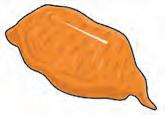
dam jam am m a
c a n f a n n can fan man



b a t c a t r a t




ad dad pad sad

ag bag rag wag
am dam jam am
an can fan man pan van
at bat cat fat hat
ap cap lap map tap at mat rat

Objectives
• Recognition of letter sound • Blending of letter sounds and reading
• Understanding word families


n to your teacher� Build words using your flash cards by placing them on the coloured boxes below�

Objectives
• Recognition of letter sound • Blending of letter sounds and reading
• Understanding word families

The words that have the same ending sounds are rhyming words� For example, “bat” and “mat”�

Say the name of each picture� Match the rhyming words�


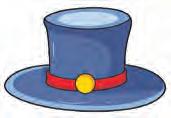




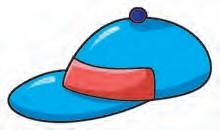


Objectives
• Matching • Association • Recognition of letter sound
• Blending of letter sounds and reading • Understanding rhyming of words

1. A cat and a rat.
2. A fan and a van.
3. A tap and a cap.
4. A bat and a mat.
5. A man and a can.


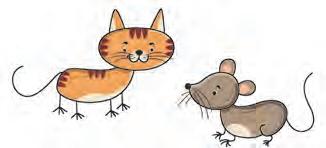
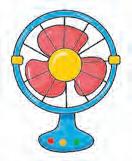



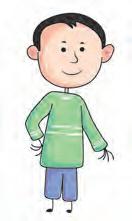

SIGHT WORDS a an and Objectives
• Blending of letter sounds • Reading sentences • Reading sight words














A rectangle has four sides and four corners. Two sides are long and two are short. Trace the dotted lines below.
We can see a rectangle in these things.

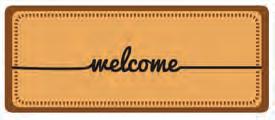


mobile phone door mat door television


Objectives
• Identification of the shape
• Fine motor skills
• Oral maths vocabulary development


I am a Rectangle
I
am a rectangle, Sing my song. I have two sides short And two sides long.



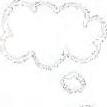



Cut two rectangle shapes (one big, one small) from any coloured paper and paste them in the space below.

Objectives
• Identification of the shape
• Fine motor skills








Trace and colour the ovals.

We can see an oval in these things.






mirror egg
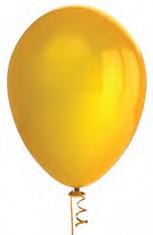

Objectives
• Identification of the shape
• Fine motor skills
• Oral maths vocabulary development
I am an Oval I am an oval, Hear my tune. I am shaped like an egg, or a balloon.








Trace and colour the semicircles.
We can see a semicircle in these things.
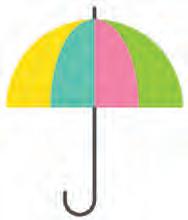



Objectives
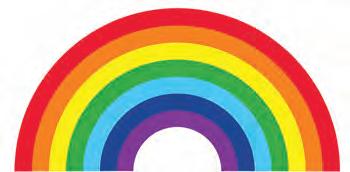
• Identification of the shape • Fine motor skills • Oral maths vocabulary development










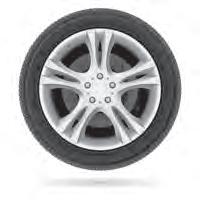
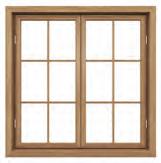

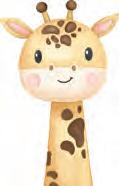


Provide a variety of objects or cut-out shapes. Have children sort them into groups based on their shape. Organise a shape scavenger hunt where children find objects around the classroom that match specific shapes. For example, they might find a circular clock or a rectangular book.

• Identification of the shapes
• Visual discrimination
• Matching









The cap is near the boy.


The blue car is near the school. The ball is far from the boy. The red car is far from the school.

Objectives
Understand the concept of near and far Visual discrimination









Paste the stickers of these things. Say which are near the ground, and which are far.

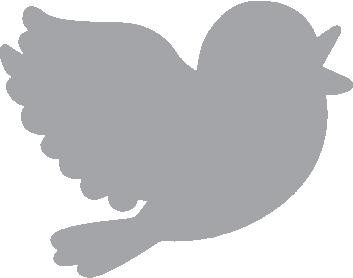
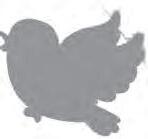
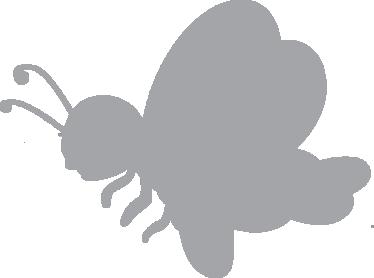
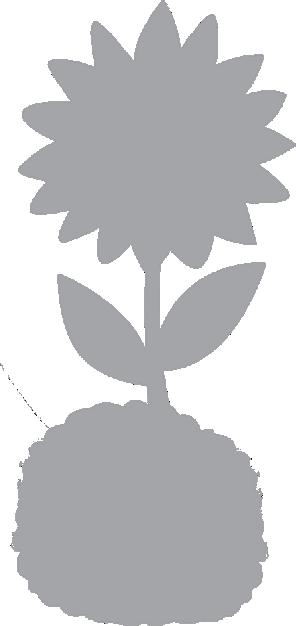
Teddy Bear, Teddy Bear
Teddy Bear, Teddy Bear, Come to me.
Now we are near The big green tree.
Teddy Bear, Teddy Bear, Run to the car.


Now you and me Are very, very far.
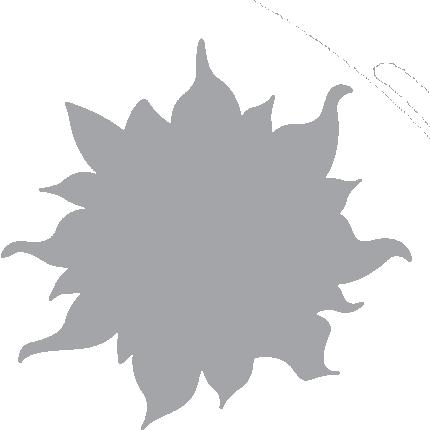


Objectives
Oral maths vocabulary development








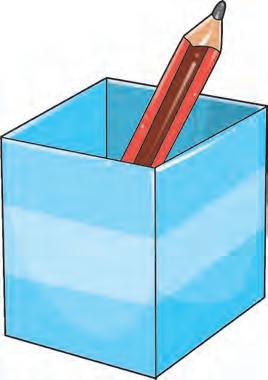
The pencil is in the box.

The pencil is out of the box.

The teddy bear is in the box.

O bjectives

The teddy bear is out of the box.
Observation Visual discrimination Understand in and out








Draw a ball in the box. Draw a pencil out of the box.
Circle the fruits that are out of the basket.





Objectives
Fine motor skills


Let’s go in-in-in, Let’s go out-out-out, Let’s go in-in-in, With a hurray and a shout. Let’s have fun together, Let’s have fun together, By moving in and out.








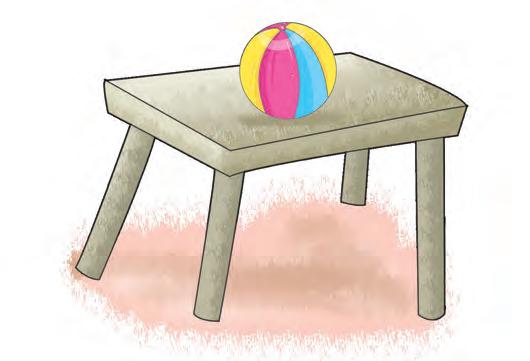
The ball is on the table.
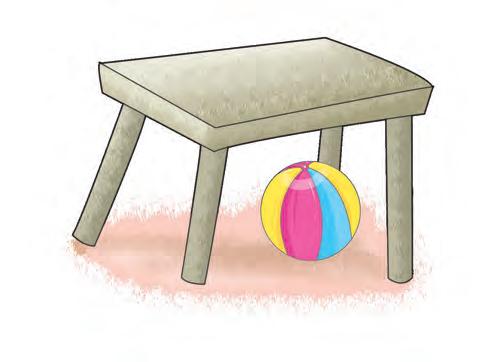
The ball is under the table.

The teddy bear is on the chair.

Objectives
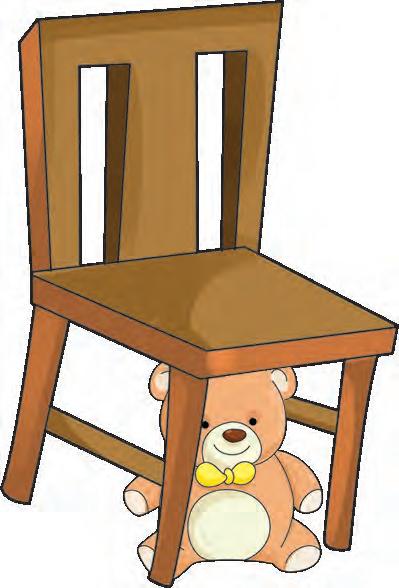
The teddy bear is under the chair.
Observation Visual discrimination Understand on and under









A little worm sleeps on a leaf.

The worm hides under the leaf.
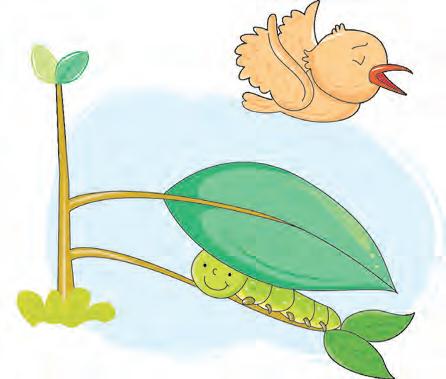

Objectives


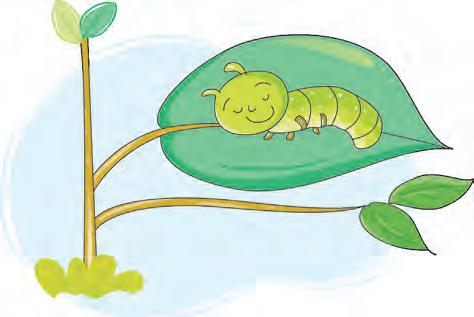
A bird tries to pick it up and eat it.
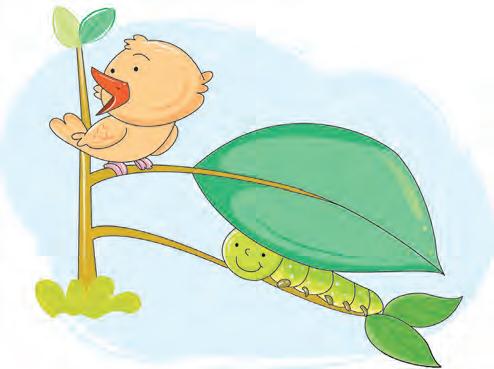
The bird cannot see the worm. It flies away.
Oral math vocabulary development Observation








See and understand.
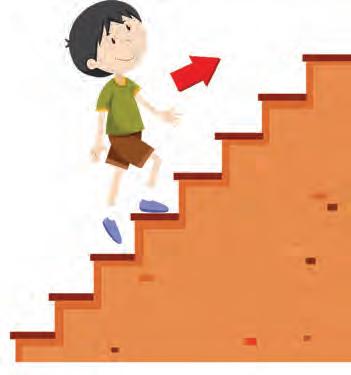
The boy is going up.

The boy is going down.
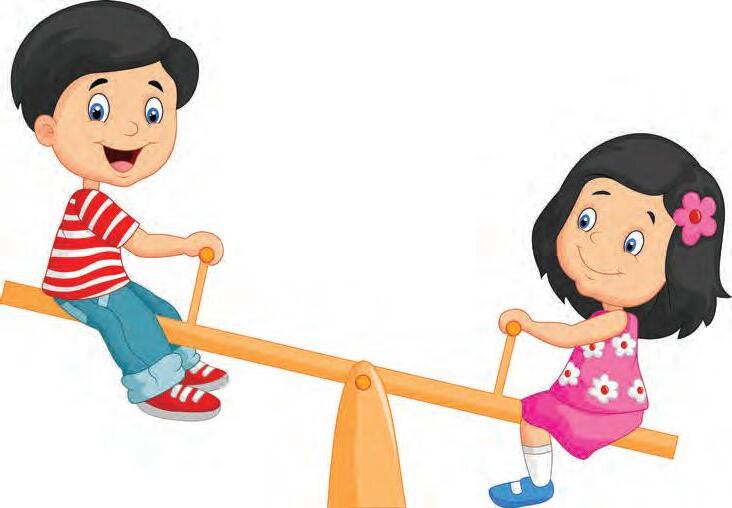

Objectives
Observation
Visual discrimination
Understand up and down








Circle the pictures that show something that is up with a crayon. Tick () the ones that are down.



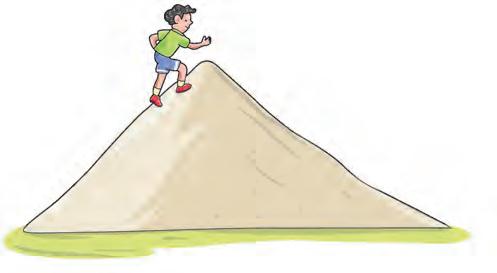




Objectives
Observation Visual discrimination
Understand up and down









This is the front of the palm.

This is the back of the palm.
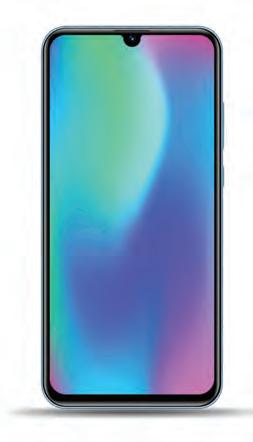

This is the front of the mobile phone. This is the back of the mobile phone.

Objectives
Observation Visual discrimination Understand front and back







Circle the back of the things given below.

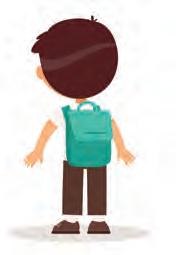







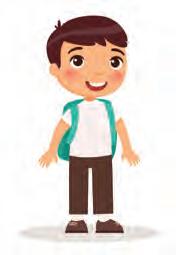


Objectives
Observation Visual discrimination Understand front and back








The red car is moving left. The green car is moving right.


Circle the right arrows in green and left arrows in red.

Objectives
Observation Visual discrimination Understand left and right









Look at the things in the box below.


The kite comes after the ball. The balloon comes after the kite.
Circle the thing that comes after the cloud.


Circle the thing that comes after the car.

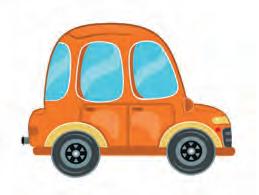
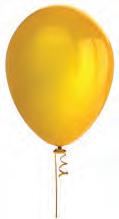
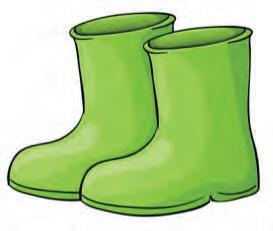
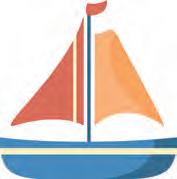



Objectives
Sequencing skills Cognitive development







See and understand.
1 2 3 4 5 6 7 8 9
3 6
6 4 8 1 5 3 4 7

Objectives Sequencing skills Cognitive development The number 4 comes after the number 3. The number 7 comes after the number 6.
See and write the numbers that come after the given numbers.








Look at the shapes in the box below.
The circle comes before the triangle. The triangle comes before the square.
Circle the thing that comes before the tree.


Circle the thing that comes before the snail.
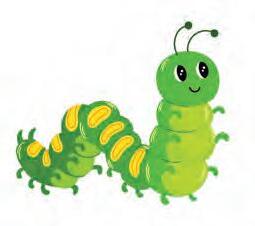




Objectives
Sequencing skills Cognitive development









See and understand.
1 2 3 4 5 6 7 8 9
3 8 4 9
See and write the numbers that come before the given numbers.
2
6 5 9

Objectives Sequencing skills Cognitive development The number 3 comes before the number 4. The number 8 comes before the number 9.
7
3









Look at the pictures in the box below.
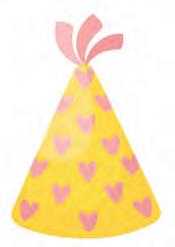
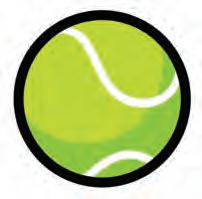
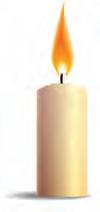

The ball is between the cap and the candle. The cup is between the candle and the pencil.
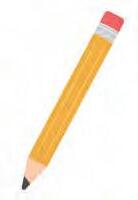
Circle the thing that is between the tree and the sun.


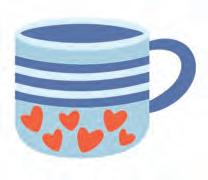

Circle the animal that is between the rabbit and the cat.

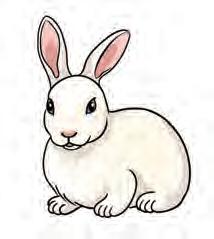

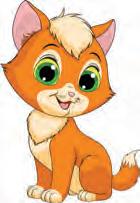



Objectives
Sequencing skills Cognitive development







See and understand.
1 2 3 4 5 6 7 8 9 10
3 5 4 6 5 7
See and write the numbers that come between the given numbers. 2 7 4 9 5 8 7 10 3 6 5 8

Objectives Sequencing skills Cognitive development







Count, trace and write.





Objectives














































































































Count, trace and write.

















Objectives























































































































Join the dots from 1 to 20 to complete the picture. Colour the picture. Objectives


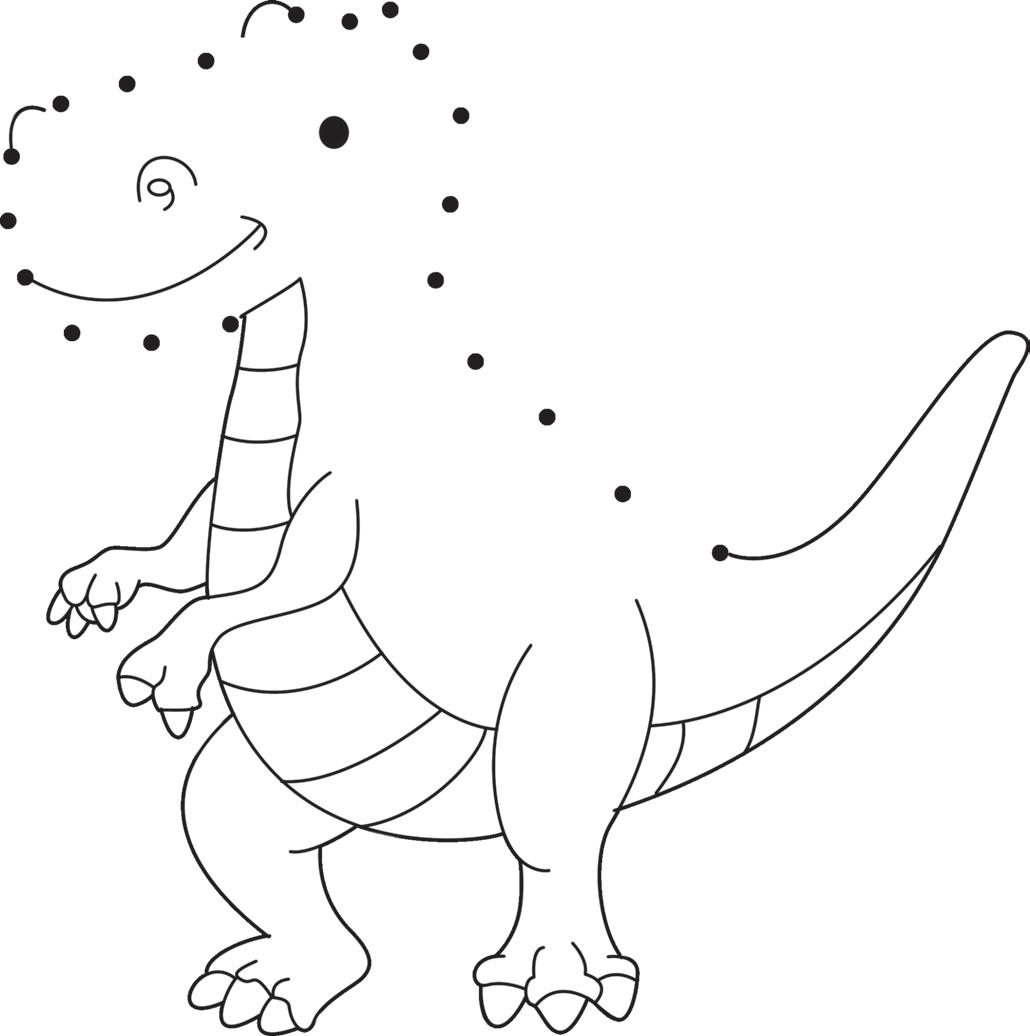




Write the missing numbers from 1 to 20.



1 5
1 1 1 1 1 8 3 2 6 2 0 0 1 1 4 9




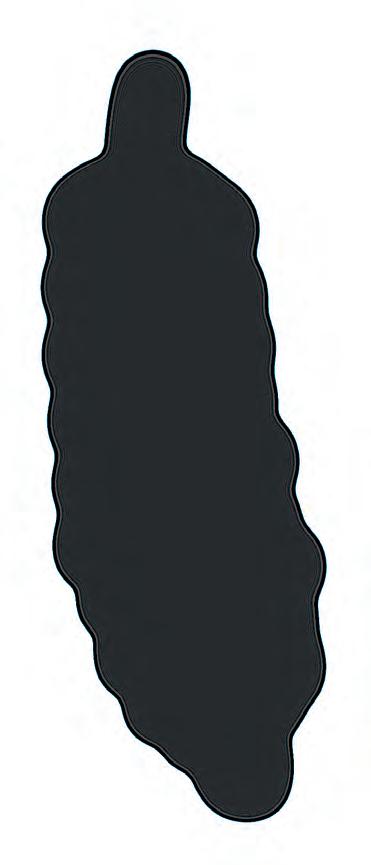





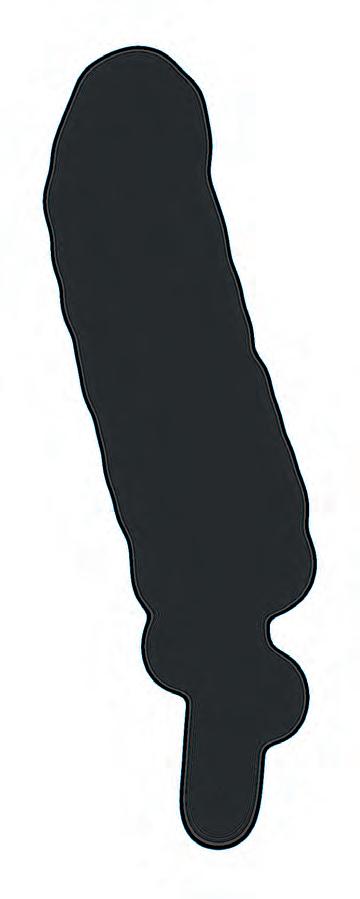
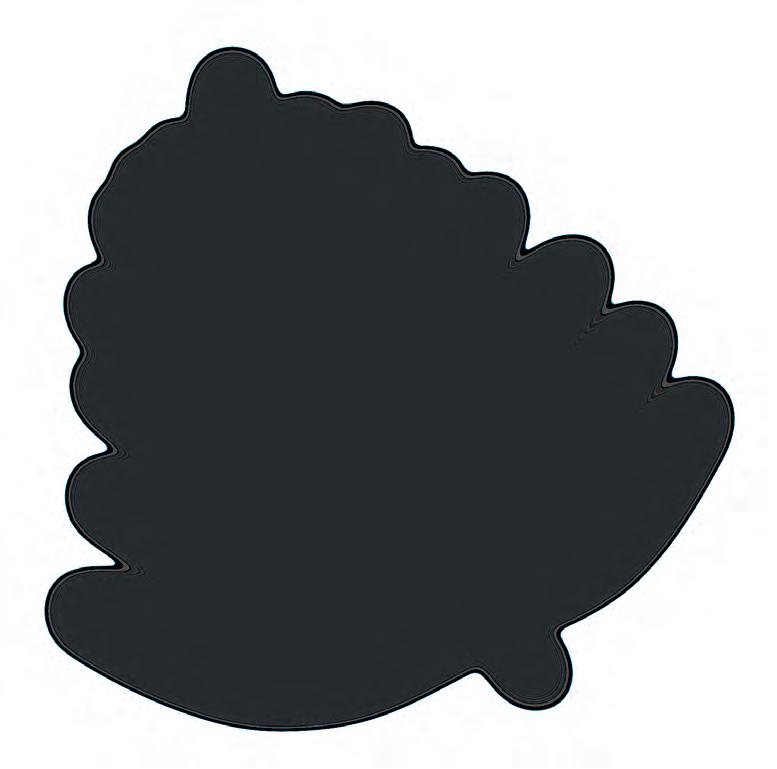

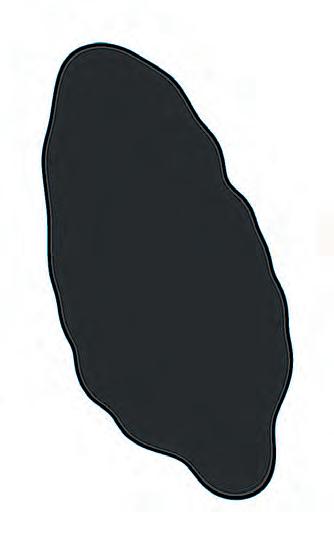
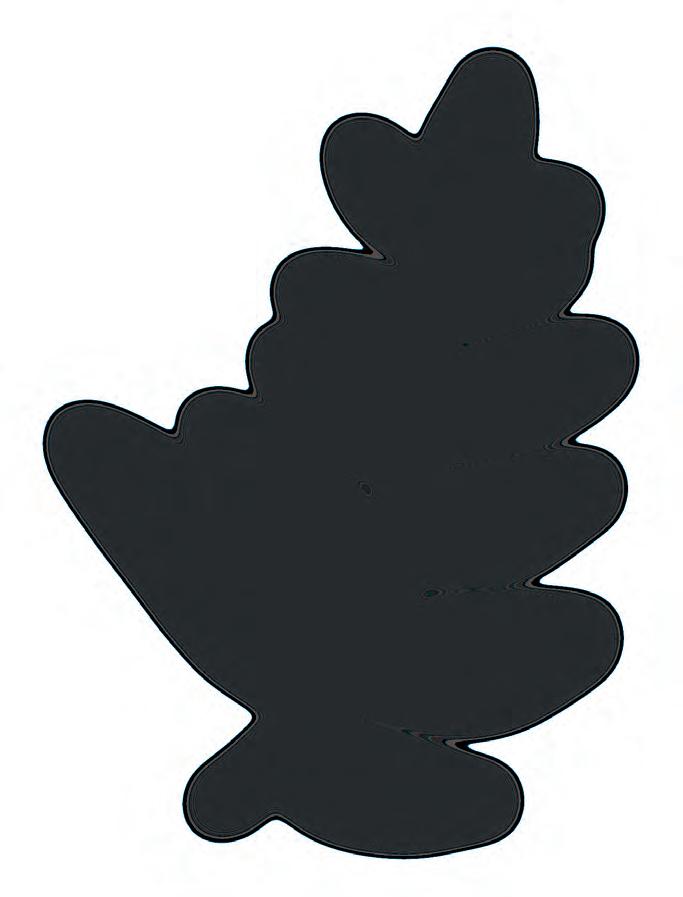



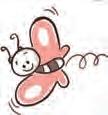
This is a pomegranate. Use your fingerprints to colour the pomegranate.

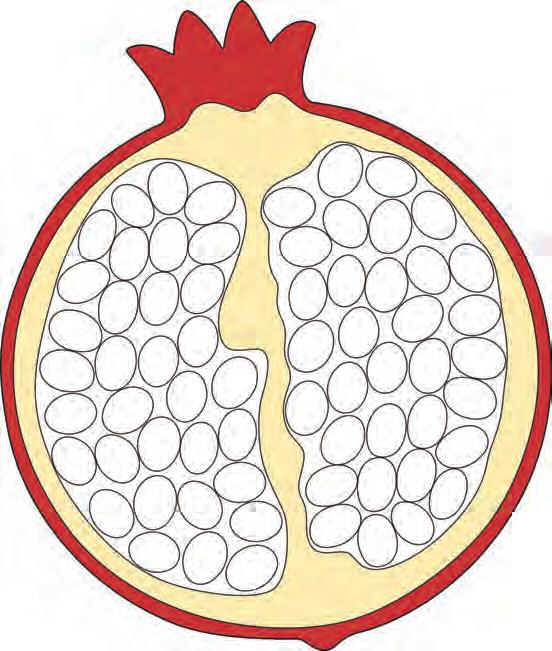
Say the names of these fruits. Write their first letters. Then, tick () the correct colour.


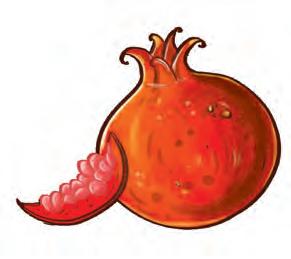
Objectives
• Colour recognition
• Identification
• Fine motor skills

Say the names of these fruits. Write their first letters. Tick() the correct colour.


Arrange the pictures in the correct order. Number them to 3.
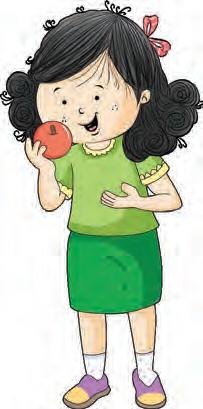



Eat the fruit. Wash your hands. Wash the fruit.
Objectives
Colour recognition • Fine motor skills
Identification
Sequencing


Say the names of these fruits. Write their first letters.
Tick() the correct colour.
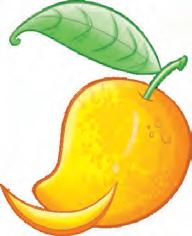

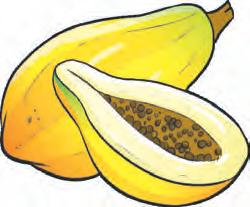
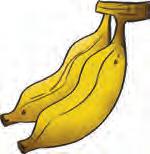
Tick () the right action. green yellow blue


Objectives
• Colour recognition
• Identification • Good habits

Match the fruits with their halves.



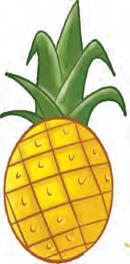
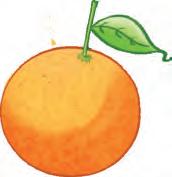
Objectives
• Matching • Observation • Critical thinking



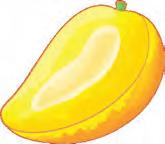




Colour the potato with a brown crayon and the carrot with an orange crayon.


Objectives
• Colour recognition • Association • Fine motor skills

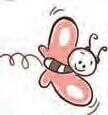

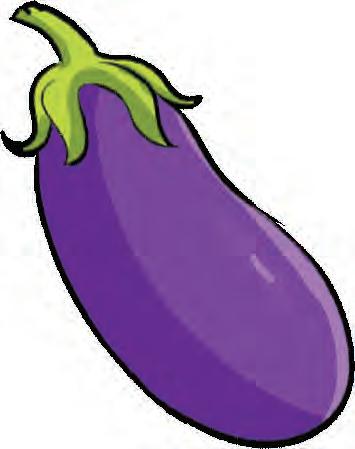









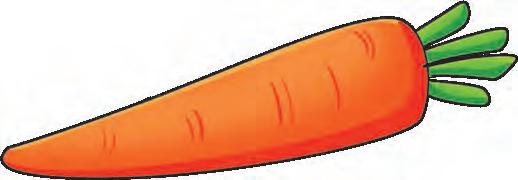



Objectives
• Vocabulary development • Fine motor skills


Some vegetables need to be cooked, while others can be eaten raw as a salad. Circle the ones you can eat as salad.






Objectives
• Identify vegetables that we can eat raw as salad


Draw lines to match the fruits and vegetables to the correct basket.
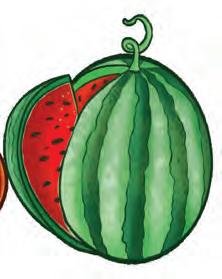
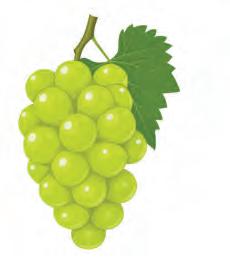

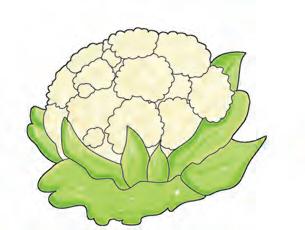
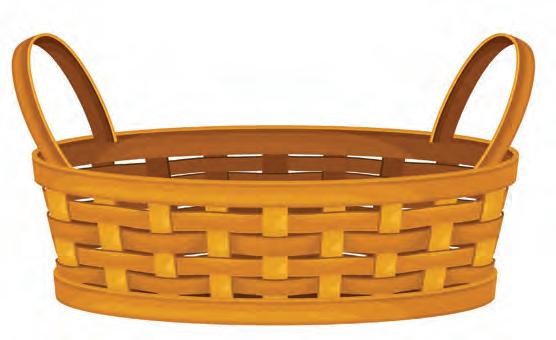
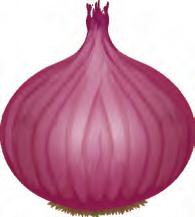
Objectives




• Sorting • Visual discrimination


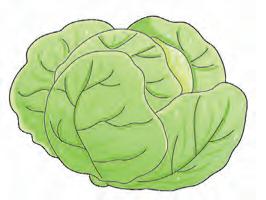


Tick () the vegetable that comes next in each row.













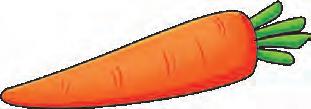

Objectives
• Pattern recognition
• Identification



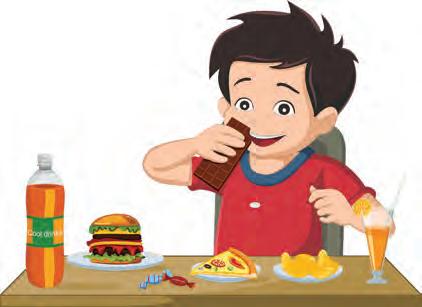




Objectives
• Life skills • Discipline • Decision making




Tick () the healthy food and cross () the unhealthy food.
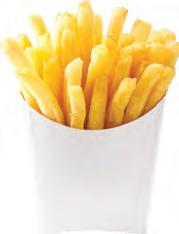

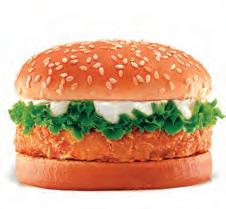

Objectives
• Decision making








• Nutrition awareness


We should follow healthy eating habits.

Wash your hands before eating.

Wash fruits before eating.
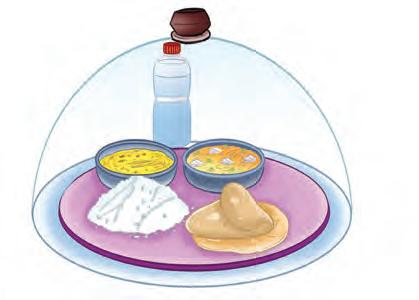
Keep food and water covered.


Drink clean water.
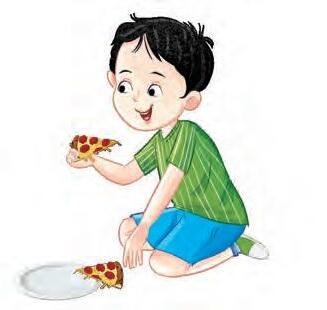
Do not eat food that falls on the ground.

Do not waste food.




Do not jump on tables and sofa.


Do not touch switches with wet hands.

Do not play with sharp objects.
Do not slide on the railing.
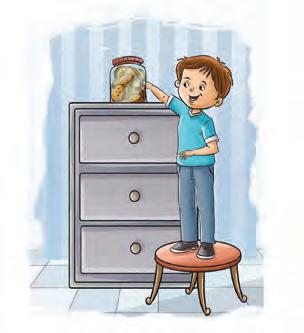
Do not stand on tall stools.
Do not touch hot surfaces like the iron, stove or oven.


Do not play with matchboxes.
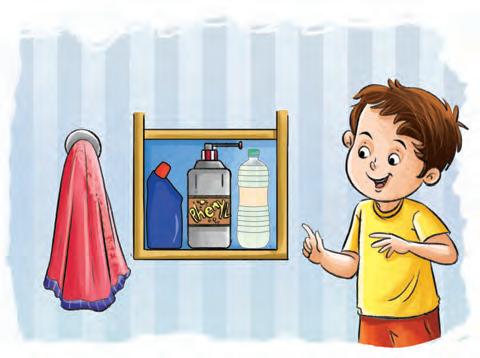
Do not go near or touch cleaning supplies.
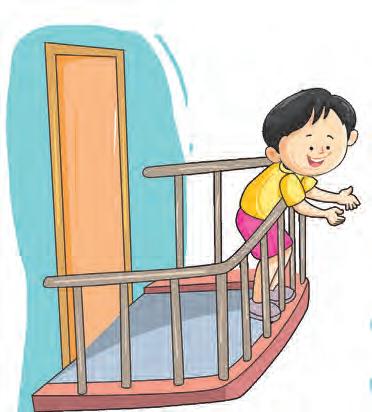
Do not lean over the railing.
Objectives
• Observation • Safety habits • Visual discrimination
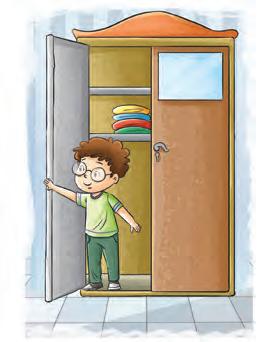
Do not hide in small spaces like closets or cabinets.
Do not play or cover your face with plastic bags.
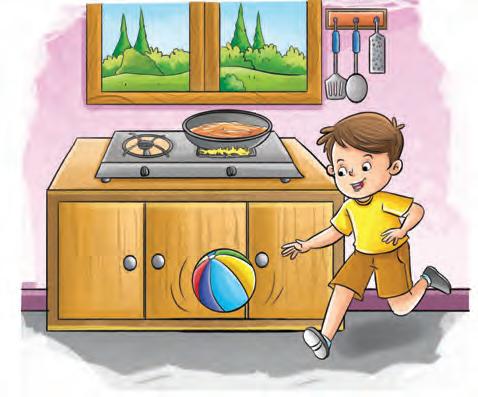
Do not play in the kitchen.




These are some of the things that we should keep in mind at school.
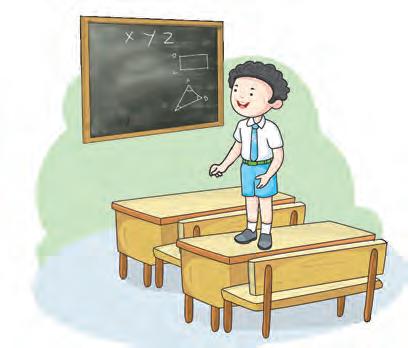
Do not climb chairs and desks.
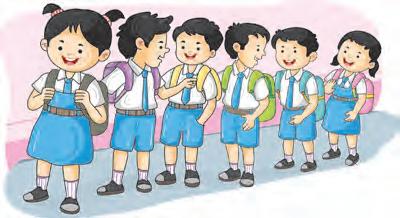
Walk in a queue in corridors and on stairs.
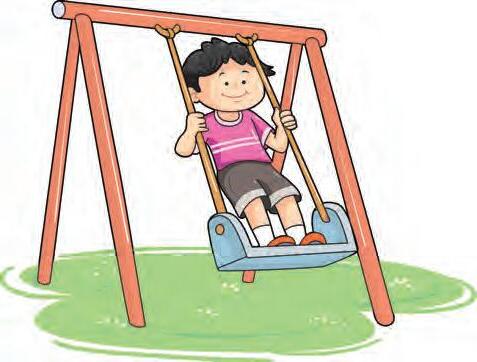
Do not stand on swings.
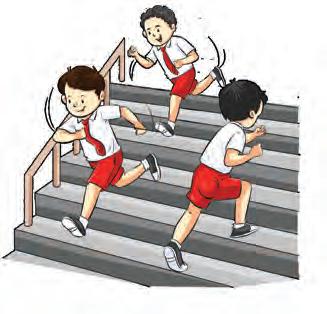
Do not run on stairs, in hallways or classrooms.
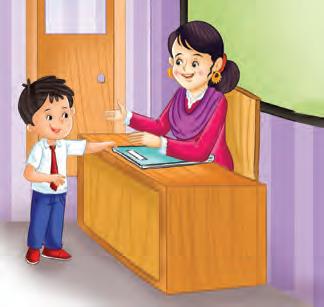
Do not fight with other students.
Ask your teacher before you leave the classroom.


These are some of the things that we should keep in mind on the road.

Do not run after pets on the street.
Wear a helmet while riding a bicycle.
Cross the road with an elder.


Do not play near driveways or parked cars.

Do not walk or play near railway tracks.

Do not take out your hand or any other body part from moving vehicles.





We use water for many things. Tick () what you use water for.
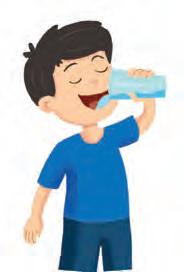
drinking

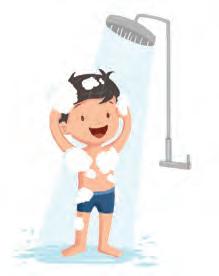
washing clothes

bathing a pet
Objectives

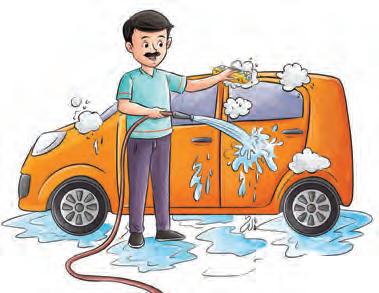
brushing cooking cleaning vehicles
• Critical thinking • Vocabulary development


bathing watering plants swimming


Animals and plants also need water.
Trace and colour the watering can.


Objectives
• Critical thinking • Fine motor skills


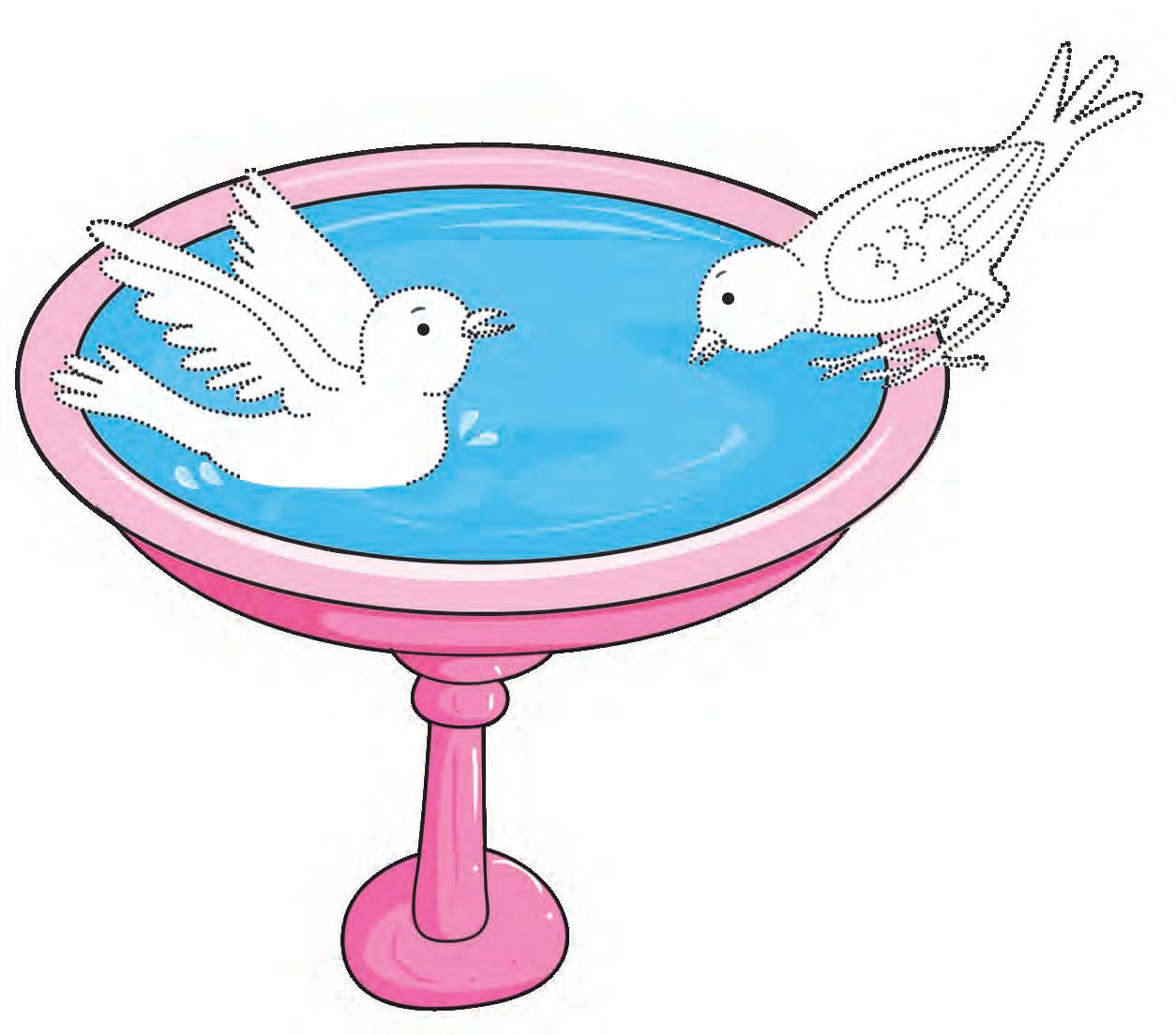

Objectives
• Creativity • Fine motor skills

Explain to the children that birds need water to drink and bathe, just like we do. It is important to provide water for our feathered friends. We can help by placing earthen pots filled with water in our gardens or on our balconies.



Tick () the picture where water is used properly and cross (×) the ones where it is being wasted.



Objectives
• Logical reasoning
• Observation • Critical thinking





Air is all around us but we cannot see it.

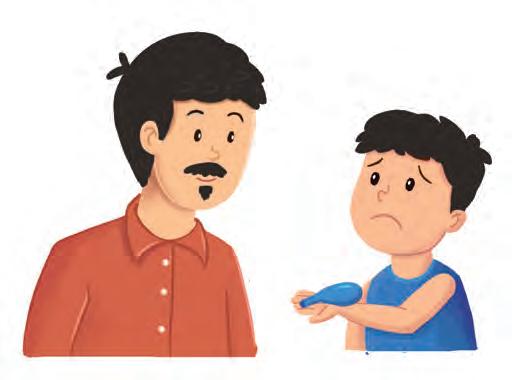
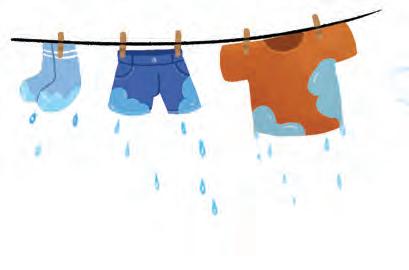
Objectives
• Observation • Awareness

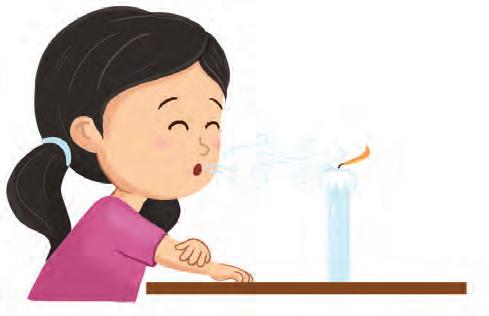





Sequence the pictures in the order from 1 to 5.


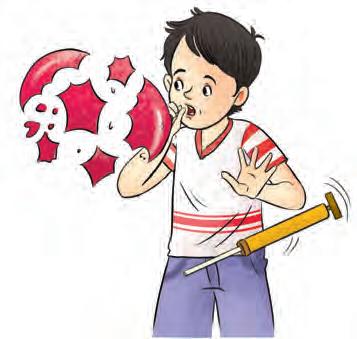


Objectives
• Sequencing






Jack and Jill went up the hill
To fetch a pail of water.
Jack fell down and broke his crown, And Jill came tumbling after.



Early in the morning, Down by the station, See the little engines, All in a row.
Up comes the driver, He pushes the little lever, Puff, puff, toot, toot, Off we go!


Once upon a time in a forest, there was a clever monkey called Miko. He was picking juicy fruit. He saw a crocodile named Kavi in the river.


“Hello, Kavi! Would you like some fruit?” Miko called out. “Yes,” said Kavi, “but you’ll have to come closer! I will come to the side of the river.”
Miko thought quickly. He knew that Kavi may want to catch him. “I’ll throw you some fruit from the tree. Just wait!” He swung to a tree above the river.
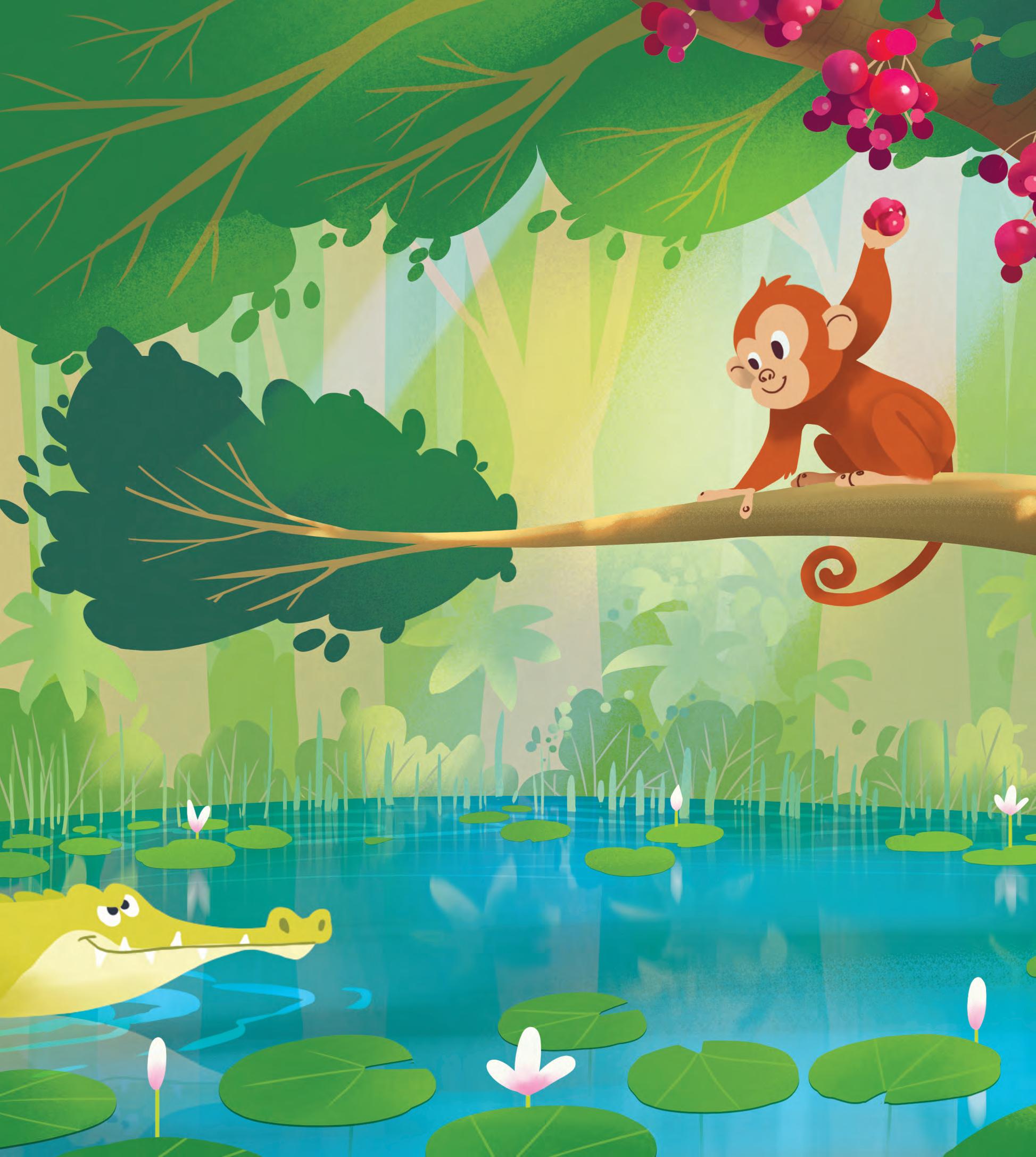


As Miko threw the fruit, Kavi jumped up to catch him. His teeth SNAPPED. But Miko had climbed high up into the tree.
Miko laughed at Kavi. “You thought you could catch me, but I am faster than you are!” Kavi gave an angry grunt and sadly swam down the river.
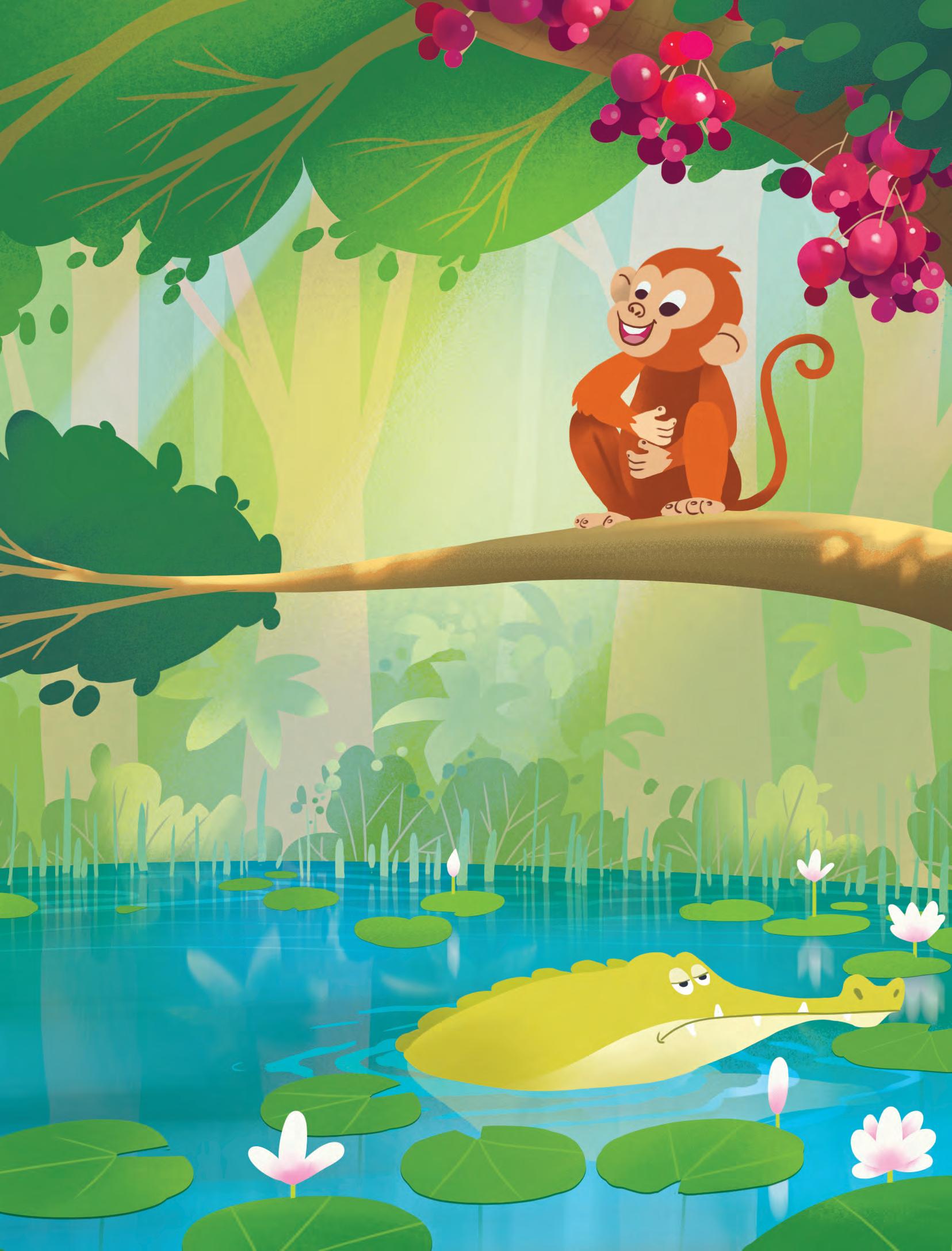

Encourage the children to observe each picture and talk about it. You may ask these questions to check for understanding:
a. What did Miko want to give Kavi?
b. What did Kavi want to eat?
c. What happened in the end?

I’m
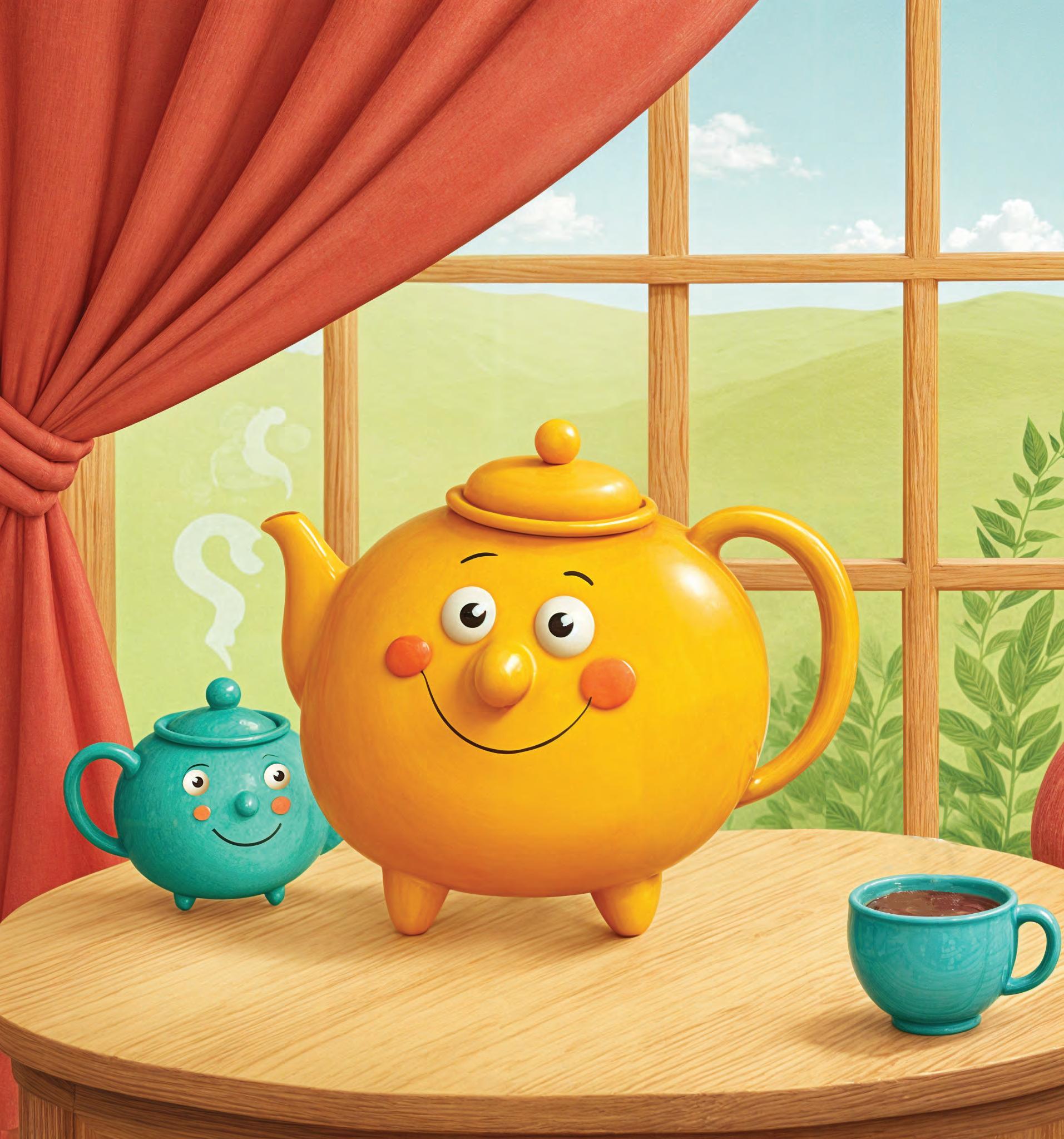

I’m a little teapot
Short and stout.
Here is my handle
Here is my spout.
When I get all steamed up Hear me shout, “Tip me over and pour me out!”


Incy Wincy spider
Climbed up the water spout. Down came the rain And washed the spider out. Out came the sun And dried up all the rain. And Incy Wincy spider
Climbed up the spout again.

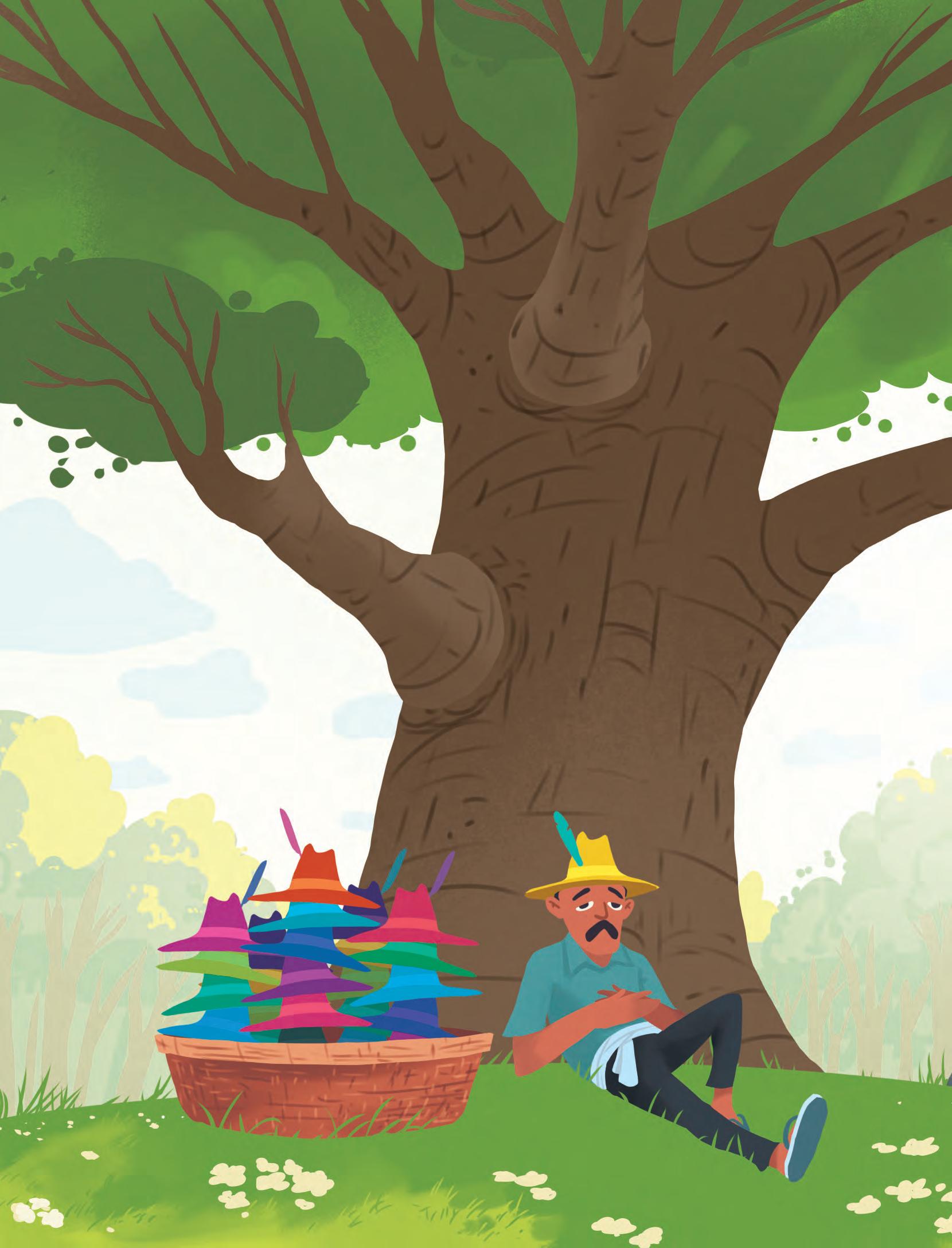

One day, a tired cap seller rested under a large tree. But the tree had many monkeys!
When he slept, the monkeys climbed down. They took all the caps.


When the cap seller awoke, he saw his basket empty.

Where are the caps?
The
cap seller was angry. He threw his own cap on the ground.


The monkeys also threw their caps down. The cap seller quickly put them in his basket and went away.
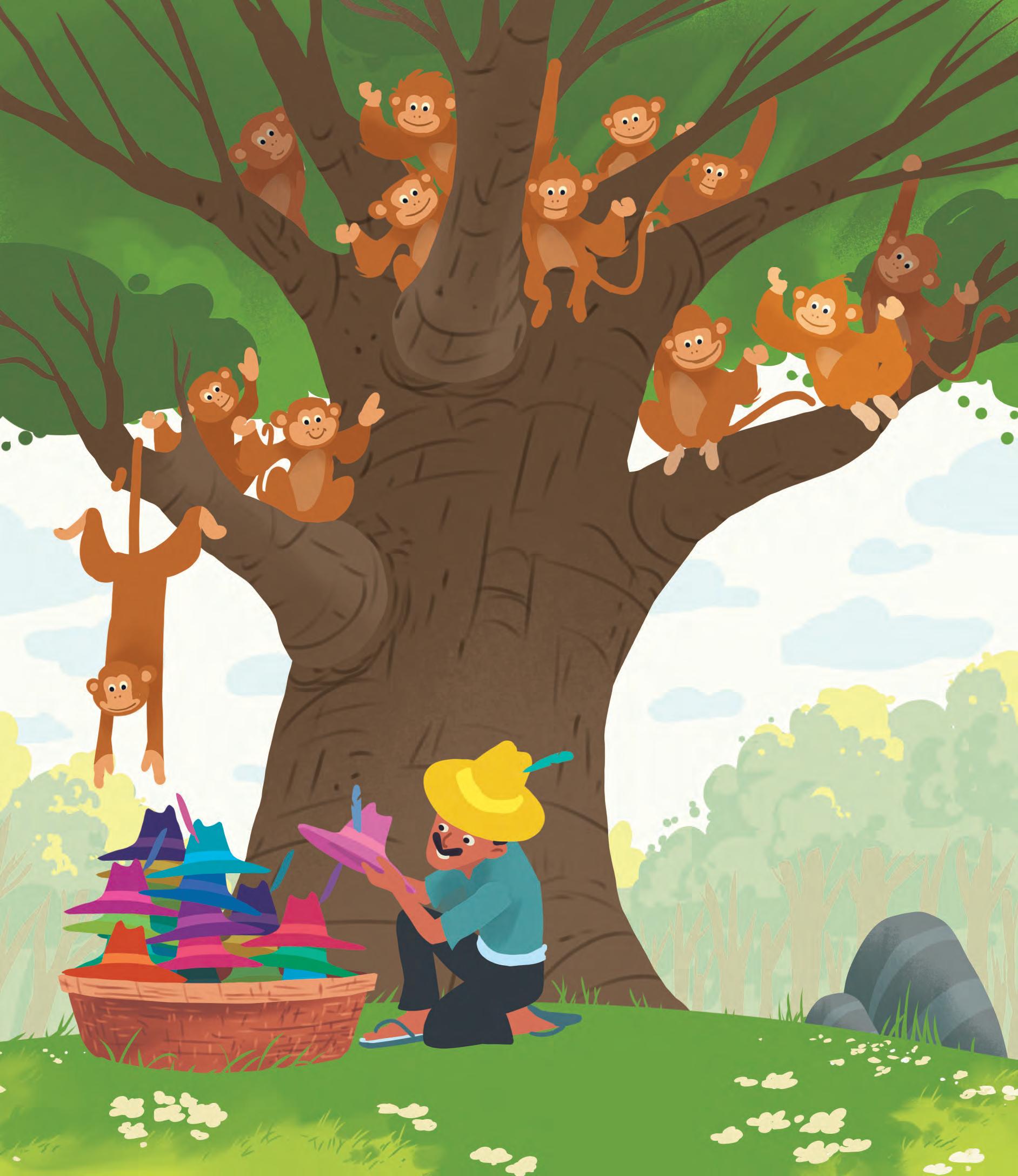

Encourage the children to observe each picture and talk about it. You may ask these questions to check for understanding:
1. Where did the cap seller rest?
2. What did the monkeys do?
3. What did the monkeys do then?

There once was a girl who had a curl, Right in the middle of her forehead. And when she was good, she was very, very good, But when she was bad, she was horrid. When she was good, she’d giggle and play, Sharing her toys in a nice, kind way. But when she was bad, I am sad to say, Even the dogs ran far away!
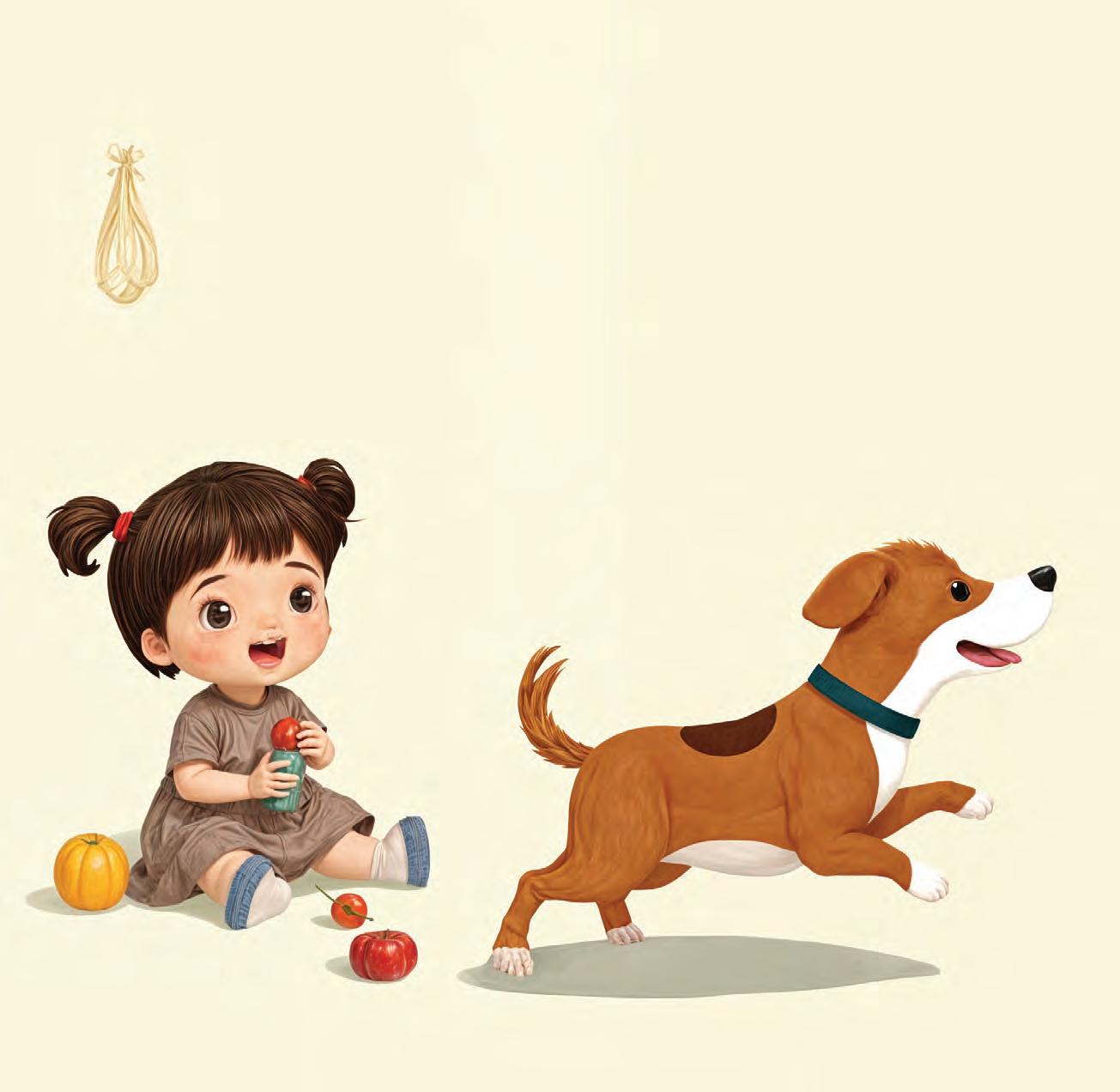


Let’s jump like bunnies, hop up and down, Wiggle our fingers, and spin around! Now stretch up high, reach for the sky, Touch your toes low, give it a try!
Move like a snake, side to side, March like a soldier, with arms open wide.
Flap like a bird, fly through the air, Spin like a wheel at the fair.
Stand on one foot, hold the other one up, Now, use your hands and drink from a cup.
Shake your whole body, let’s laugh and cheer, Pretend we are dancing with friends far and near!
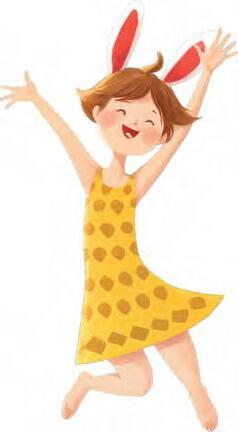
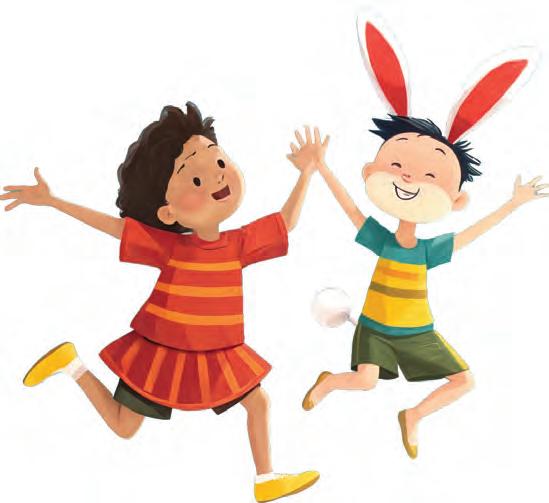

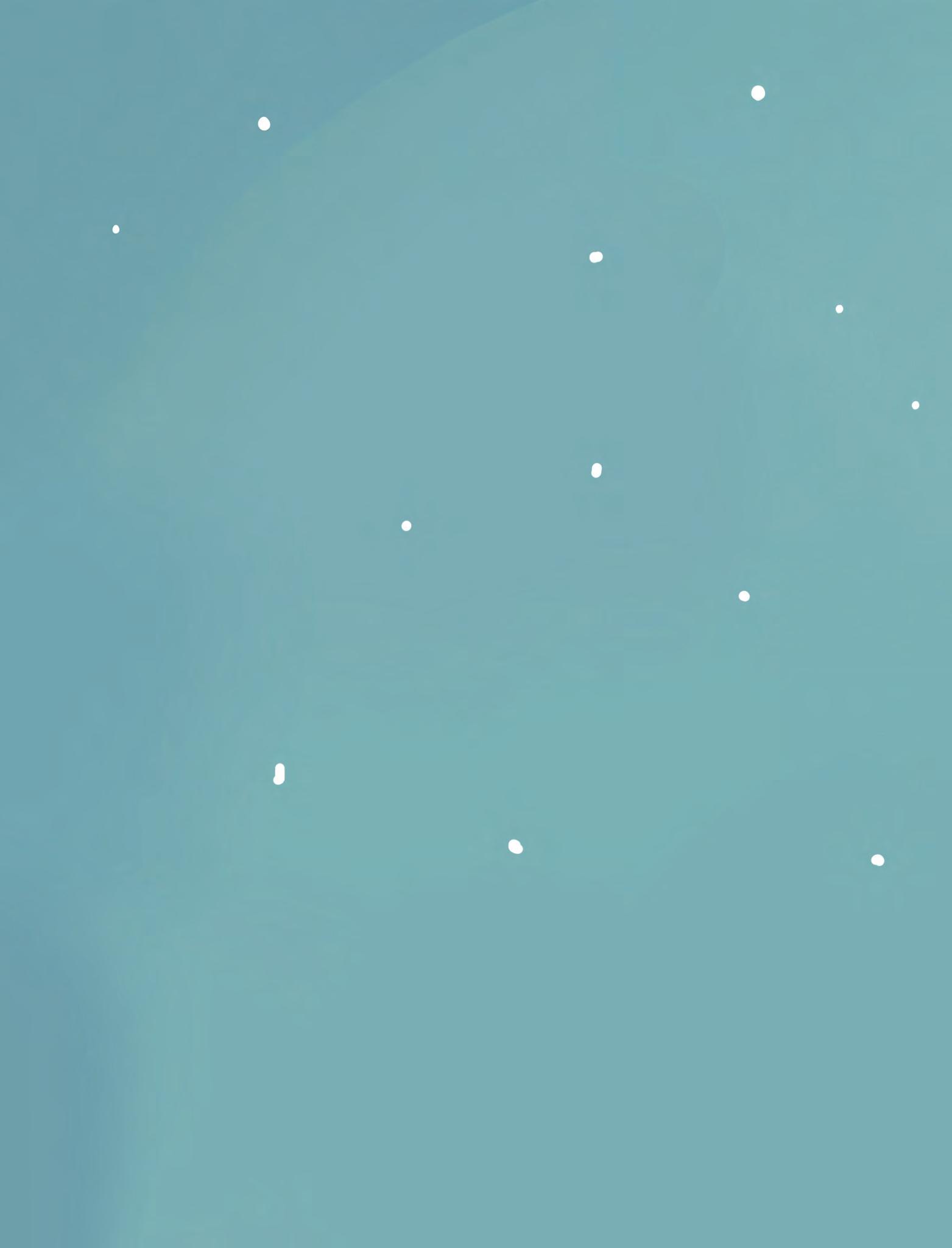



Wash, wash, wash your hands, Keep them nice and clean.
Scrub them here, scrub them there, Germs are never seen.
Wash, wash, wash your hands, With soap and water too.
Rub them well and rinse them well, That is what we do.

Sticker sheet for page no. 7
Sticker sheet for page no. 13
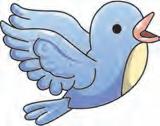


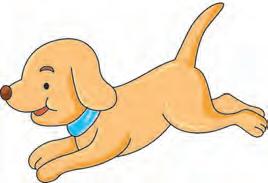
Sticker sheet for page no. 34
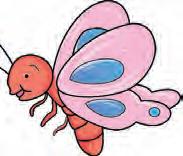

Sunrise is a comprehensive, NCF 2022-based Early Childhood Education program that lays a solid foundation for lifelong well-being and holistic growth, encompassing physical, cognitive, and socio-emotional development.
This semester book has been designed to especially develop the learner's literacy and numeracy skills, their understanding and general awareness about the world around them, as well as their love for reading and listening comprehension skills.
• Play-based learning activities, which promote holistic development of the child in all ECE domains
• School readiness, which is assured in the curriculum and learning design
• All-round development, in areas of physical, cognitive, cultural and socio-emotional domains
• Teacher assets, like assessment tools and lesson plans, to help maximise program quality and outcomes
Uolo partners with K-12 schools to provide technology-enabled learning programs. We believe that pedagogy and technology must come together to deliver scalable learning experiences that generate measurable outcomes. Uolo is trusted by over 15,000+ schools across India, Southeast Asia and the Middle East.
ISBN 978-81-982267-1-6
